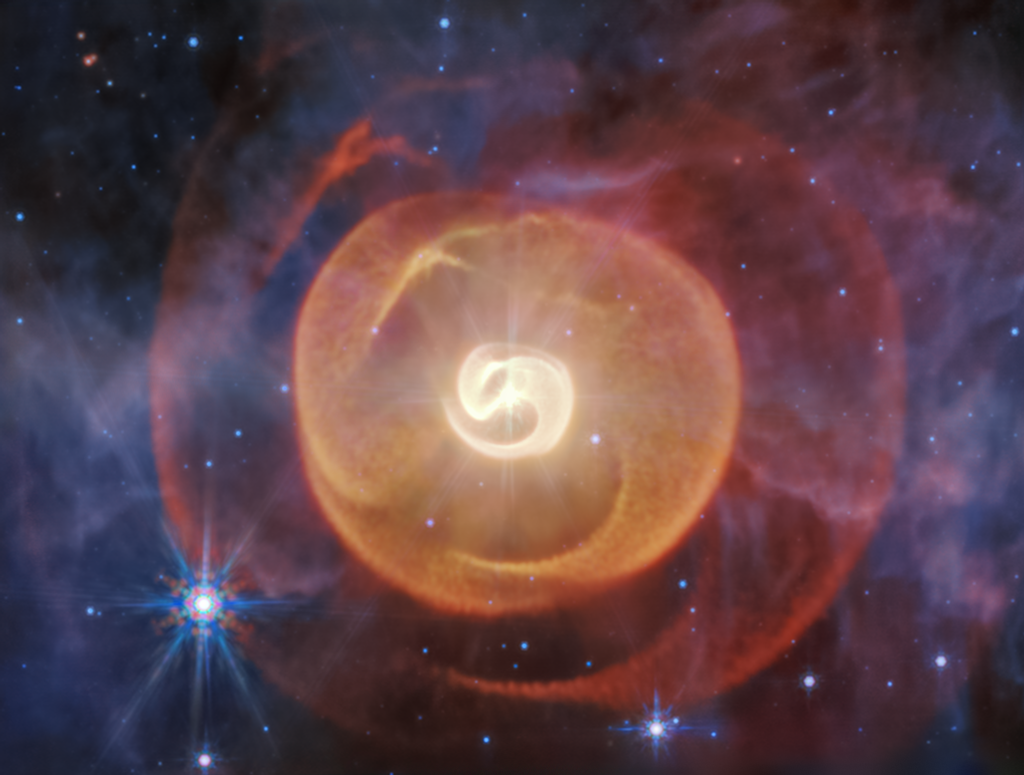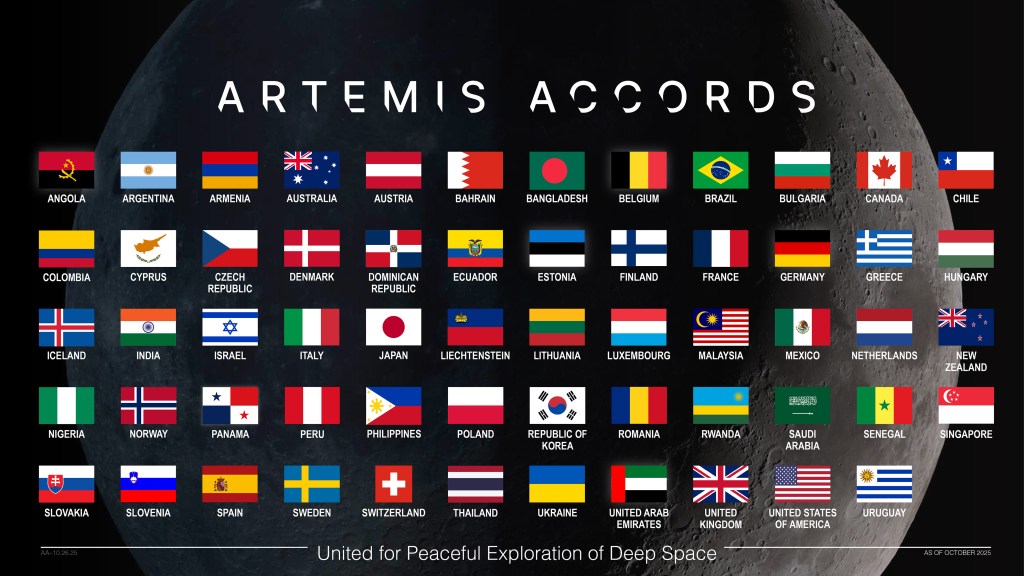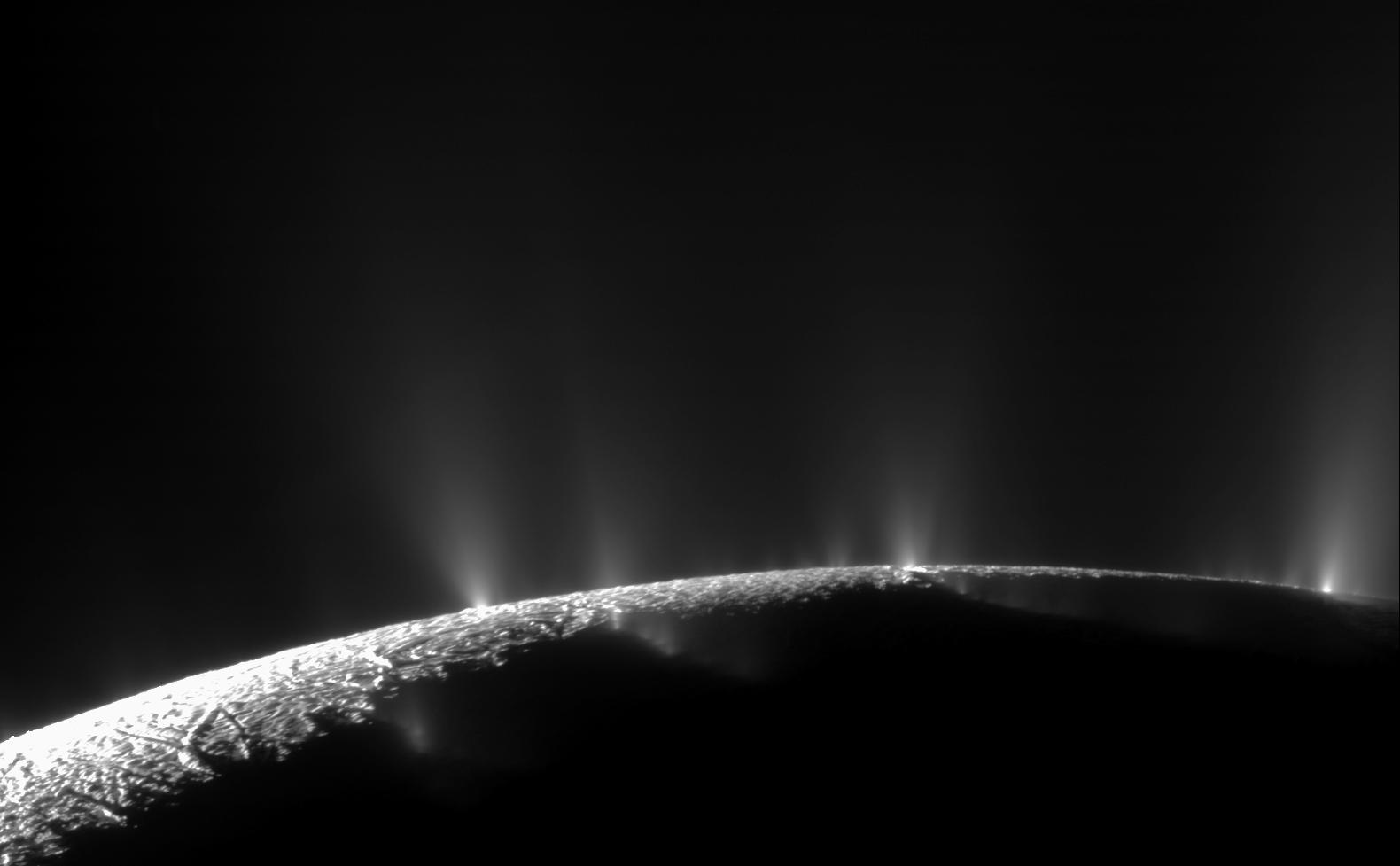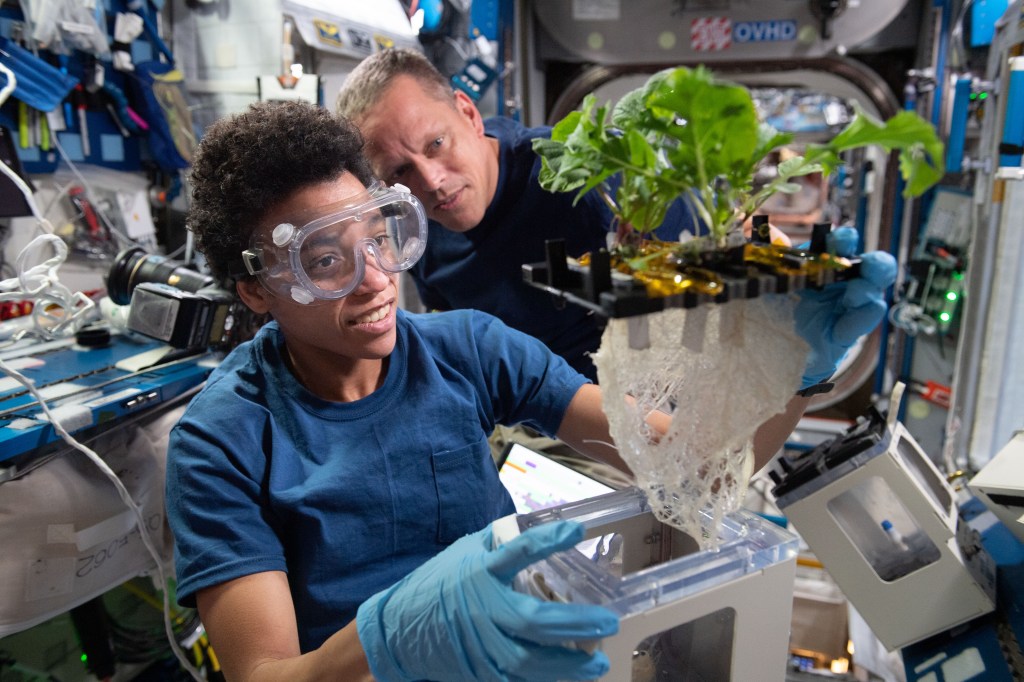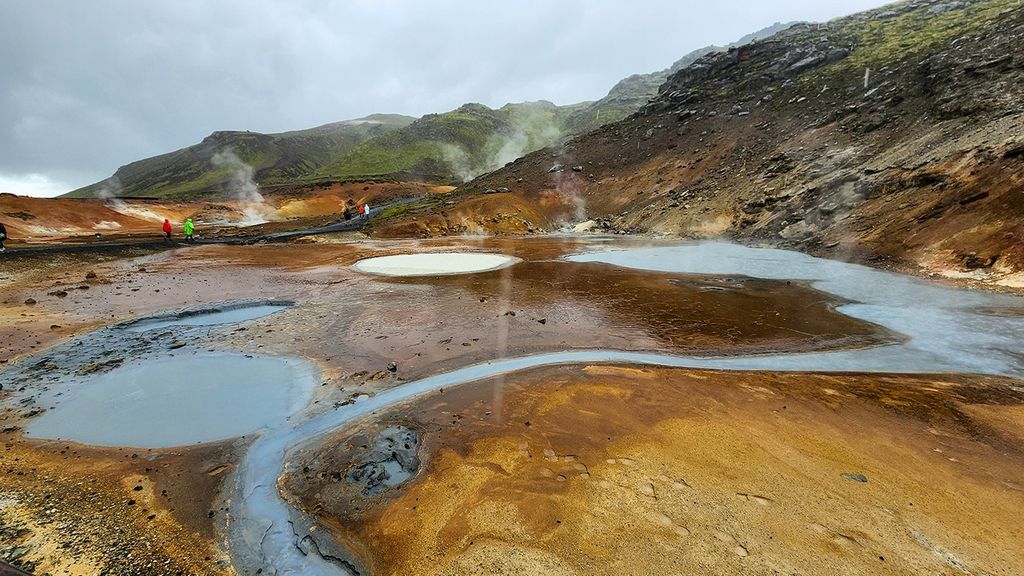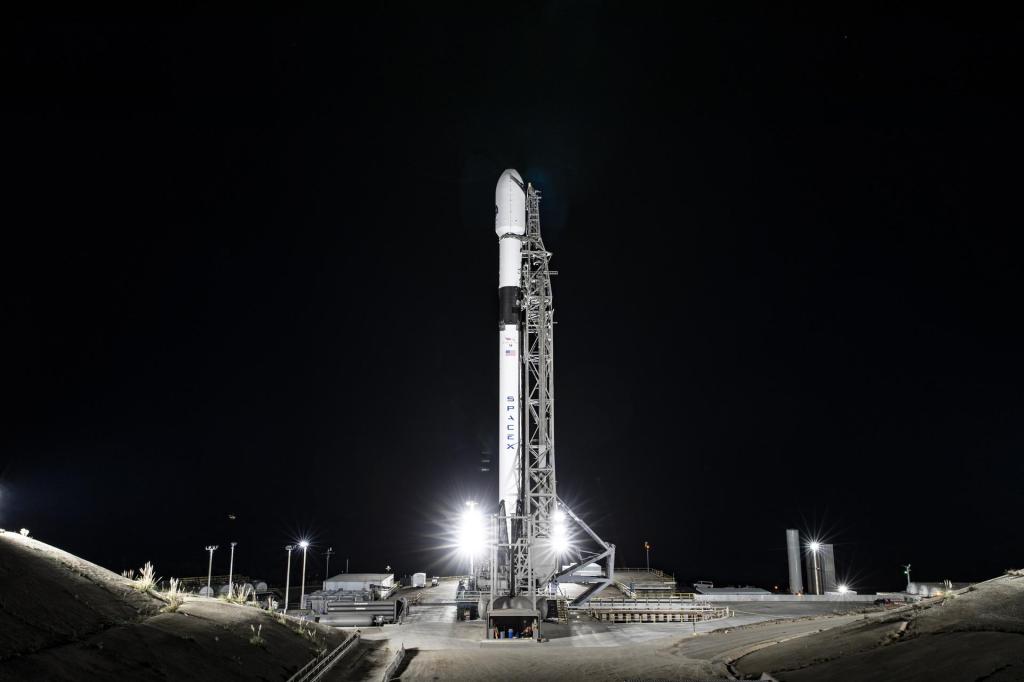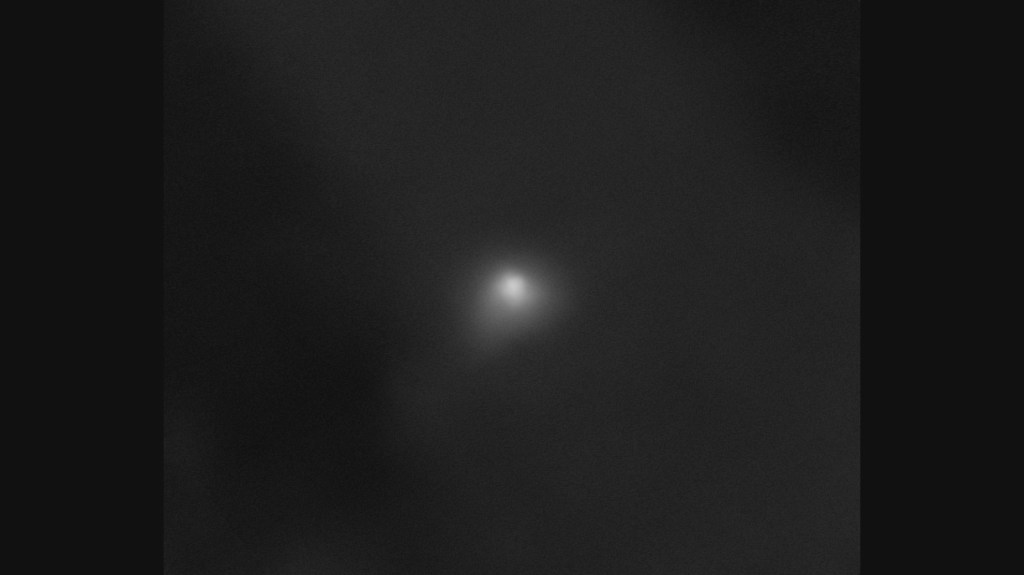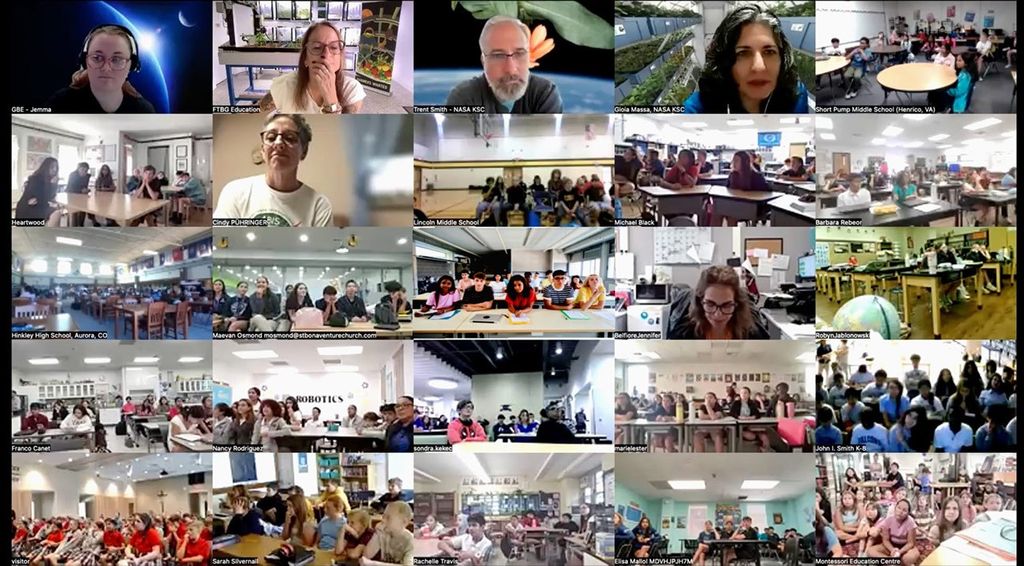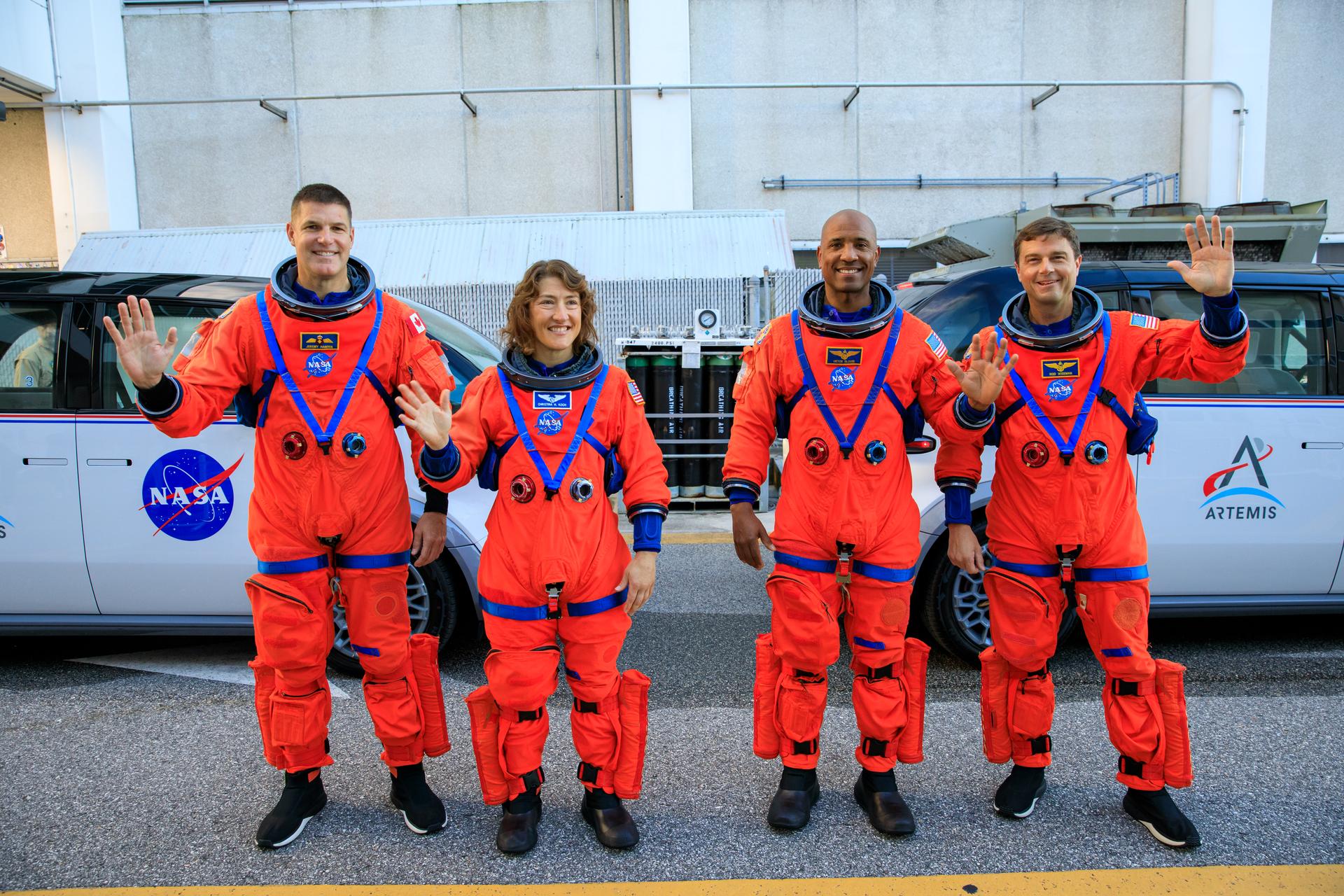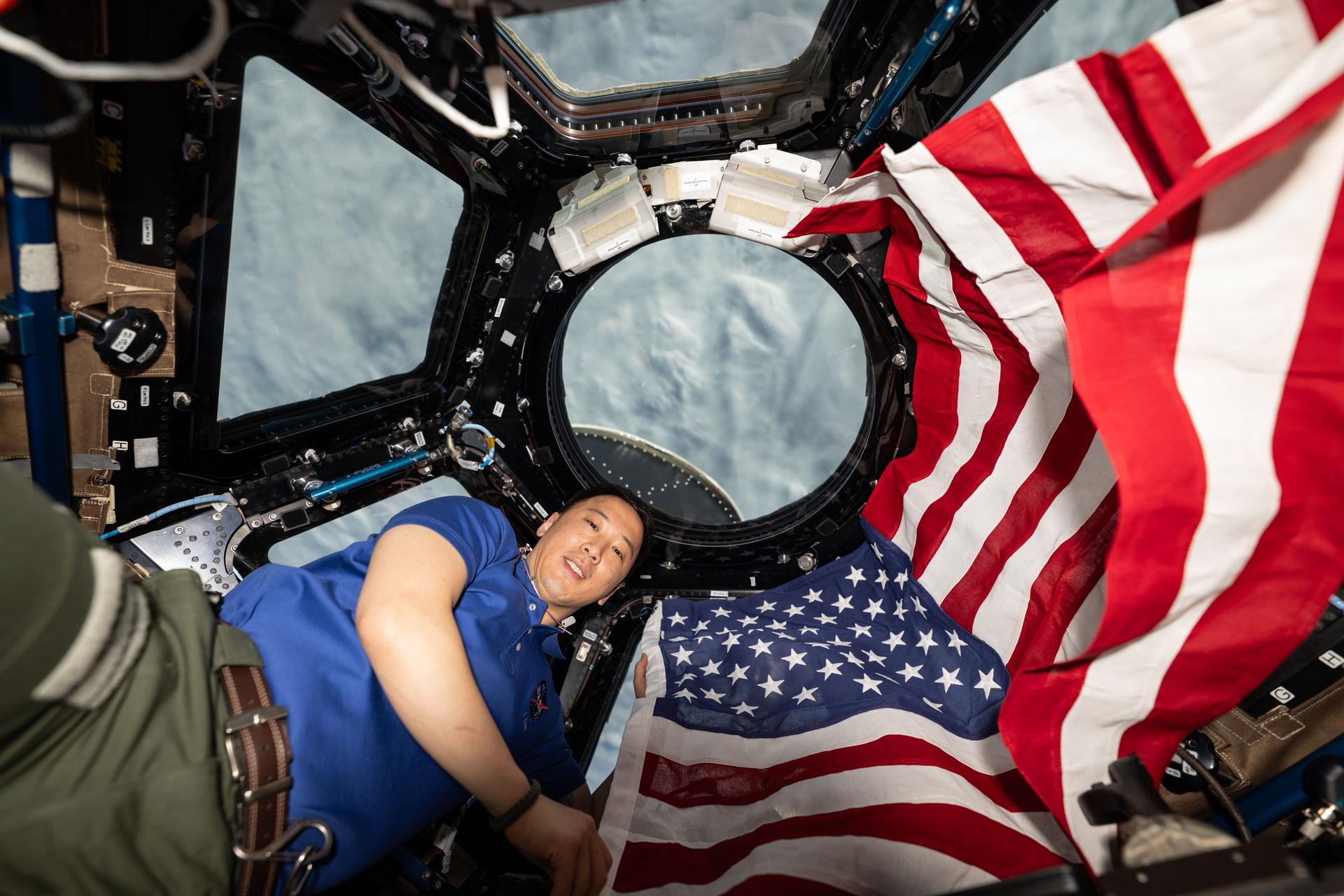
Apurva Varia
Mission Operations Director for Parker Solar Probe and Interstellar Boundary Explorer (IBEX), and Deputy Mission Operations Director Lunar Reconnaissance Orbiter (LRO) - NASA's Goddard Space Flight Center
Contents
- Education
- What first sparked your interest in space and science?
- How did you end up working in the space program?
- Tell us about your job. What do you do?
- What advice would you give to others interested in a similar career?
- What has been your biggest challenge, professional or personal, and how did you overcome it?
- Who inspires you?
- What have been some of your favorite projects to work on?
- What are some fun facts about yourself?
- What is your favorite space image and why?
Education
J. J. Pearce High School, Richardson, Texas
Syracuse University, Syracuse, New York
M.S. in Aerospace Engineering
Rochester Institute of Technology, Rochester, New York
B.S. in Mechanical Engineering
Apurva Varia has worked for NASA for more than 19 years. He’s currently serving as Mission Operations Director for three NASA missions: Parker Solar Probe, Lunar Reconnaissance Orbiter (LRO), and Interstellar Boundary Explorer (IBEX). He tells us how channel surfing led to his dream of becoming an astronaut, and about how being deaf has impacted that dream.
Apurva also shares his experience as one of 12 ambassadors for the first crew of the privately funded AstroAccess project. Each ambassador has a disability and participated in a zero-gravity airplane flight on Oct. 17, 2021, to help determine how to adapt spacecraft for disabled astronauts, and to develop and test the technologies to remove barriers to spaceflight.
What first sparked your interest in space and science?
Back when I was in ninth grade – maybe 13 or 14 years old – I was flipping through the TV channels. I noticed a space shuttle on the launch pad. They quickly switched to show the astronauts in their orange suits, and I saw the countdown. I started getting more and more fascinated as it counted down to T-minus 1 second to liftoff. I started feeling the excitement of the people in the stands, and the launch of the shuttle. They zoomed back to the astronauts. It was just this really cool feeling I got when I saw them shaking while they were lifting off in their orange suits. And from that moment on, I was hooked.
I don’t remember which shuttle it was, but I do remember it was after the Challenger disaster, probably in 1988 or 1989 – somewhere in that range.

I definitely wanted to become an astronaut. I wrote a letter to NASA’s Johnson Space Center to ask if a deaf person could go to space, and I did get a response from them. It was an official NASA letter saying, “sorry, but we’re not ready to accept deaf astronauts.” So, maybe someday in the future. But at that point I was still hooked, and it didn’t stop my dream of wanting to go to space. What I decided to do was become an engineer because I love to build things.
How did you end up working in the space program?
I grew up wanting to work for the space program my whole life. That was my dream. I wanted to build hardware that I could actually touch that would end up in space. That was the closest I could get to space. So, it’s always been my dream.
When I was at Rochester Institute of Technology, I was looking for an internship and I found one through Gallaudet University. They offered an internship with NASA’s Goddard Space Flight Center. I was like, “Oh, that looks cool. Let me grab that opportunity.” It was a perfect match for me.
Years later, when I was looking for a job, I remembered some of the contacts I had made there when I was an intern, and that led to a permanent job there in 2002. I was a propulsion engineer for about 13 years or so before becoming a mission director, and then mission operations director, for several spacecraft.
“When you are focused and have passion, you can definitely do anything you want.” – Apurva Varia
Tell us about your job. What do you do?
Now I manage a team that operates spacecraft. I make sure the spacecraft operates properly, and that it gets all the science data it needs. That’s the most critical portion because that’s the whole point of the satellite – to collect the data that helps us here on Earth to understand things about our planet, the Sun, the Moon, and beyond.
What advice would you give to others interested in a similar career?
If you’re passionate about space and you love space, then study hard, don’t give up your passion or knock it for anything.
If you feel challenged, if you feel a struggle, I’d recommend a few things. Find a good role model or mentor who can support you all way through. That’s what I’ve done ever since I was a child. Get a good education, focus in school. And, if anyone says “No” to you ask, “Why not?” Don’t let it bother you.
That’s what happened to me. A lot of people said, “No, you wouldn’t be able to do it. You can’t do it, you’re deaf.” But, if you work hard, you have these opportunities. There’s nothing that can stop you from meeting your dreams. When you are focused and have passion, you can definitely do anything you want.
What has been your biggest challenge, professional or personal, and how did you overcome it?
I would definitely have to say communication with people because most people don’t know how to sign. That’s the hardest thing to overcome, and I’m still working on overcoming that. I know it’s something that I won’t ever be able to overcome completely, but there have been a lot of improvements. Now we can just send information via text with our cell phones. But I can also teach sign language. It’s not perfect. It takes time, but it’s just one of those continuing things.
Who inspires you?
My mom. She inspired me to work hard, and to study hard because she knows that a lot of people don’t have those opportunities. She really, really has inspired me to work hard, and to study hard. Because of her, I am where I am today.
What have been some of your favorite projects to work on?
I would probably have to say the Solar Dynamics Observatory (SDO), which was launched back in 2010. It takes pictures of the Sun 24/7, and it is designed to help us understand the Sun’s influence on Earth by studying the Sun in many wavelengths. It was such a cool project. I learned so much about how to build a system and work with a team. It was a really fun thing to do. It was one of my first projects at NASA, back when the spacecraft was in the early phases of construction.
What are some fun facts about yourself?
I participated in the AstroAccess parabolic flight was because I wanted to show that disabled people – they can do anything an enabled person can. We may have certain disabilities, but we can still do anything everyone else can. I just want to inspire people, make sure they know they can do whatever they want.
I know it wasn’t actually going to space, but I still achieved my dream of feeling weightless. It was such an amazing feeling. But my main goal really was to help broaden the opportunities for disabled people to get into space.
The plane flew a bunch of parabolas, first pitching up and then plunging down to create weightless conditions. We had about 20 to 30 seconds of free fall for each parabola.
There were two deaf ambassadors, including me, and we were testing a lighting system for notifications. It was a lighting system in the plane that alerted us when we were going in and out of a parabola. The lighting system had three lights: green for going into a parabola, yellow for coming out of a parabola, and red for an emergency. It was controlled by a phone, where someone would push a button to make verbal announcements – which we couldn’t hear – that the flight is going into a parabola or coming out of the parabola. Then that person would hit a color, which would change the lights to green if we were going into the parabola and we were getting ready to be weightless. Then, when someone else would announce we were coming out of the parabola, and we had to put our feet down to get ready for gravity to return, that person would click a yellow light and we would see those lights. Then we would know to either get ready to float or to go down. The goal was to not rely on the interpreters, just to rely on the lighting system.
The other technology we tested was a haptic feedback watch that vibrated – the same concept as with the light – where someone pressed a button and it had different types of vibrations for going into and out of the parabola. I believe it was going in with slow vibrations and coming out of the parabola was kind of fast vibrations.
Because this was the first time we all had experienced the sensation of weightlessness – that was an experience in itself – we have a lot of lessons learned that could benefit deaf people in space travel and beyond.
(I don’t really experience motion sickness in general, and I didn’t on the flight, and that was fine. Neither myself nor the other deaf ambassador got motion sickness on the flight.)
Being weightless is a really, really hard feeling to describe. It was something unexpected. I know it’s likened to being in a swimming pool, but if you’re upside down in a swimming pool the blood still rushes to your head. When we were floating in zero-G, even though it was such a short time, all you could really feel was joy. It’s a feeling you can’t describe here on Earth – that you can’t feel here on Earth. You’re just floating. It feels liberating. You feel free. You can feel like you have no limit, but then at the same time, your brain’s trying to figure out, “Where am I, what’s going on? This is unusual. This is weird.”
Another fun fact, I love to read “Star Trek” books, or other good sci-fi books.
For traveling, some of my favorite spots I’ve been are definitely Greece and India. I love both of those places. I would love to go back. India is where I have a lot of family, and there are still a lot of things to learn and see there. In Greece, Santorini was my favorite place. They had a lot of good food, especially vegetarian.
What is your favorite space image and why?
There is this one image of thousands of galaxies taken by Hubble. It’s just amazing. I see that and I know that there’s no way we’re alone. There’s got to be life somewhere out there. That’s one of my favorite pictures.


